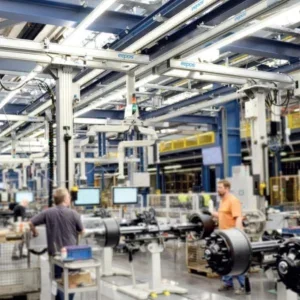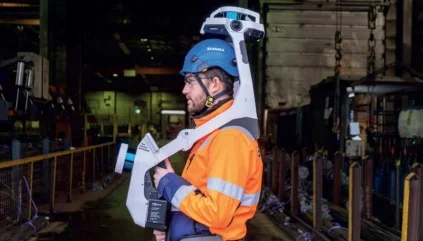
As end users look to hoists as a key component of modern material handling, the Hoist Manufacturers’ Institute, part of MHI (the US Material Handling, Logistics and Supply Chain Association), is looking for ways to remain relevant as its set to become even more important in driving the industry.
HMI, a 107-year-old organization, represents suppliers of hoists and trolleys and develops performance and safety standards for the industry.
“That work will continue to be important to HMI’s mission. With companies struggling to hire workers, we want to make sure we always address the safety side of overhead lifting. With a lot of newer workers to the field, we want them to look to HMI for materials and webinars to assist them with creating and maintaining a safe environment,” said Rob Beightol, president, HMI and marketing director, Gorbel.
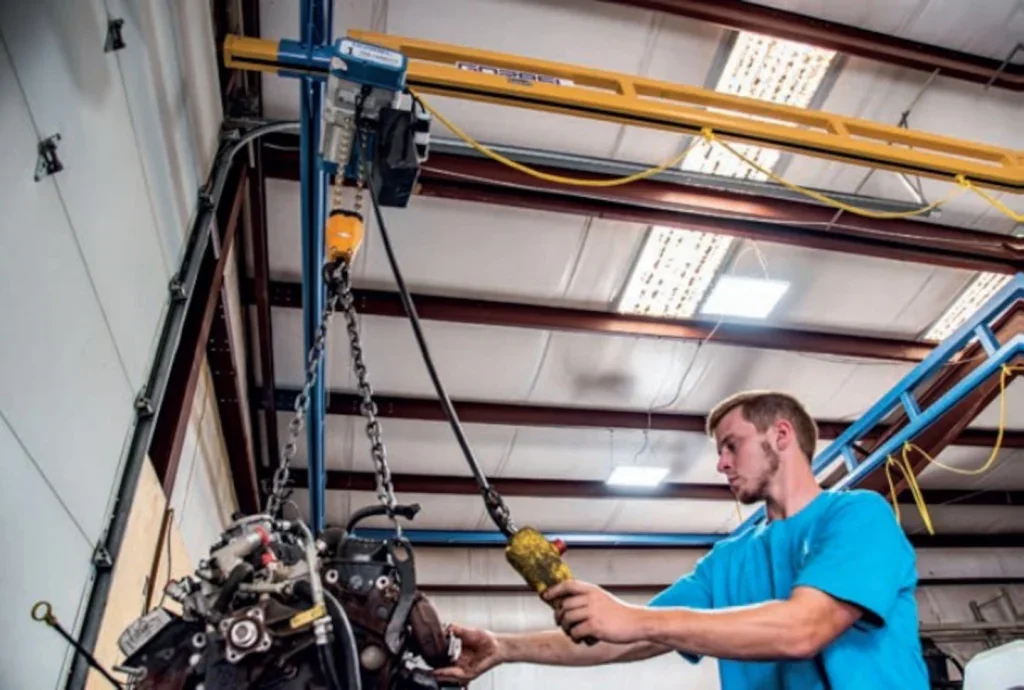
New initiatives are also in the works. Damian Mulcahy, director of sales in the US and Canada for HMI member R&M Materials Handling and HMI vice president would like to see more “participation from all the key stakeholders in the industry, to work together for the greater good of the industry and the people who buy and use the products.”
“The marketplace is looking for more advanced features, like sway control, hook centering, advanced overload detection,” Mulcahy said. Remote monitoring of connected equipment is also a strong selling point. “Centralized data that is remotely accessible takes people out of harm’s way. They’re typically up in the air, with moving parts and pieces. To have a person up there to do troubleshooting is more dangerous and time-consuming.”
Automation is another growing trend in hoists, which leads back to safety and productivity. The same communication systems that allow your car to notify you that the tire pressure is low will be available in overhead crane systems. “The system will be able to notify the user it has an electronic control component that needs replacing, or a bearing is at the end of its expected life,” Mulcahy explained.
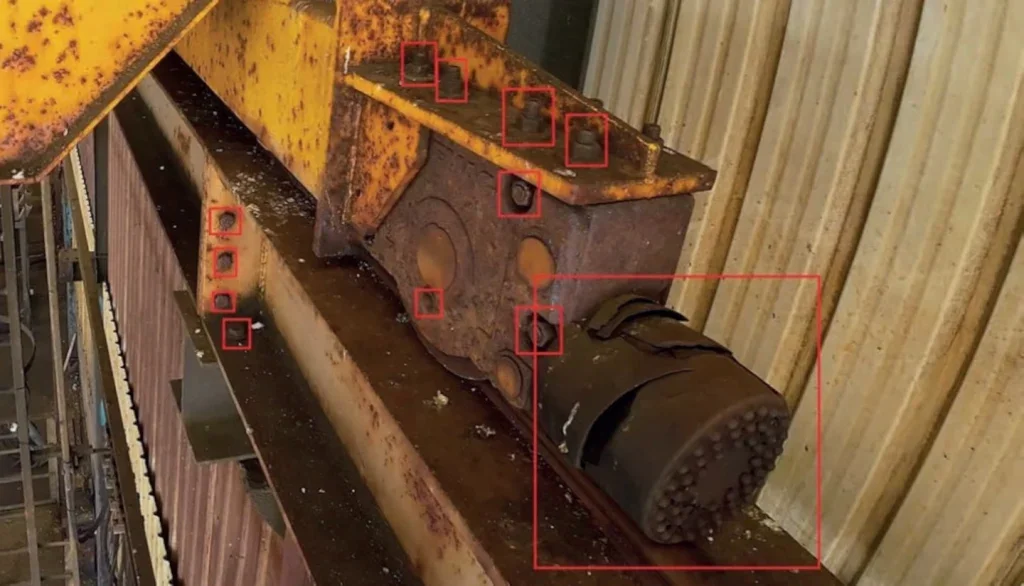
Despite innovations in technology, overhead hoists remain a fairly uncomplicated piece of equipment, Beightol said. “Companies are looking for pieces of equipment that they don’t have to think too much about but will solve their issue.”
Though hoists have a role in material handling automation solutions, “we want the entire system to be easy to use,” Beightol said. “Most hoist manufacturers work with distributors or integrators to take the guesswork out for the end user.”
Hoists help solve worker shortages, as fewer people can handle a lift that previously required two or more workers. “If you put a hoist in place, especially a powered hoist, chances are you may be able to move a dual person operation into a single person operation,” Beightol said.
Mulcahy believes Artificial Intelligence (AI) will soon play a role in hoists and cranes, including on/off features for cranes operated remotely; “That might mean the ability to adapt a crane originally installed for one use to match a changed warehouse process later.
“Within the next five years, we will see an element of AI built into the software where it doesn’t necessarily need hardware. Instead, programming will be able to help the equipment adapt. As the industry continues to grow and the technology becomes more available, maybe something that wasn’t available will be programmed into it via software or automatically because it’s got its own intelligence,” he said.
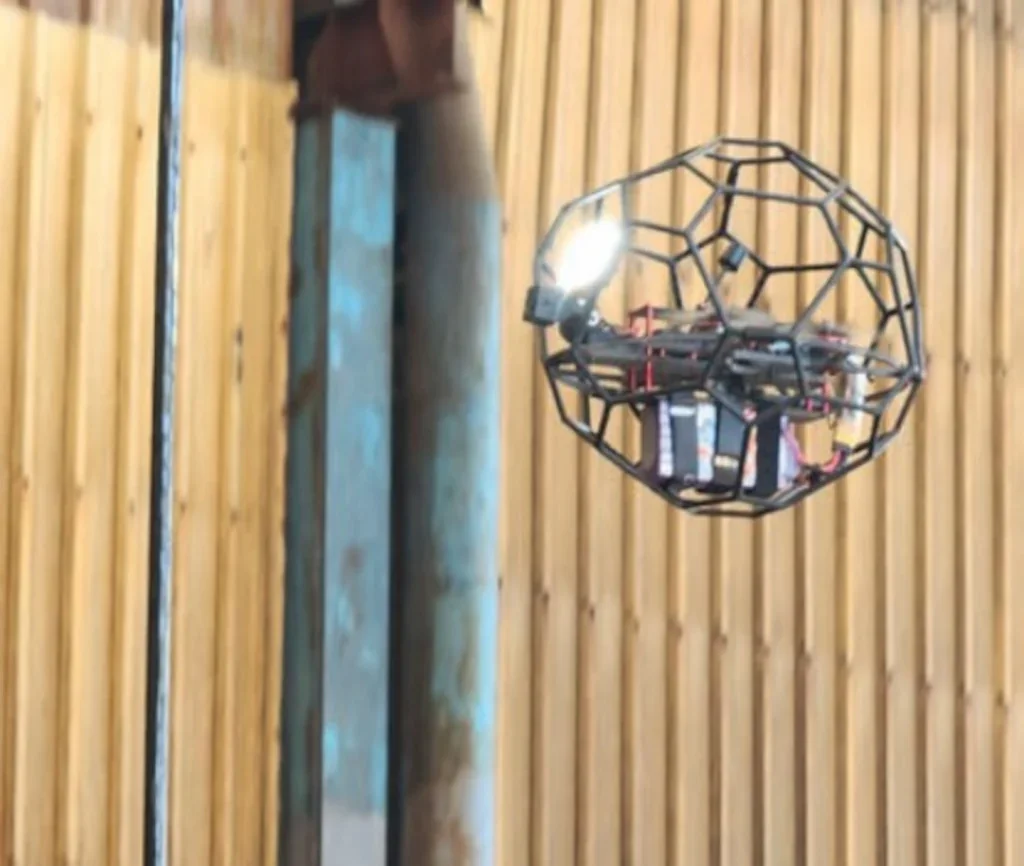
Crane Eagle based in California, says it has already embraced AI with its drone inspections that give users the power to see, predict, and plan like never before.
“The heavy industry sector in the USA, encompassing fields such as manufacturing, construction, and energy, is facing a critical shortage of inspectors. This is driven by several factors: a rapidly aging workforce, a reluctance among younger generations to enter the field, and an overall decline in the number of skilled workers willing to take on the demanding and often undervalued task of inspection. As the industry confronts these challenges, innovation, automation, and AI are emerging as powerful tools to bridge the gap and ensure that quality and safety standards are maintained,” said Ronen Sharashov, founder/CEO, Crane Eagle.
“The integration of AI into inspection processes allows for the automated analysis of data collected from various sources. Machine learning algorithms can process vast amounts of data to identify patterns and anomalies that might indicate potential problems. This capability enhances the accuracy of inspections and reduces the time required to analyse results.
“Technologies that were once considered futuristic are now being integrated into everyday operations to enhance inspection processes.”
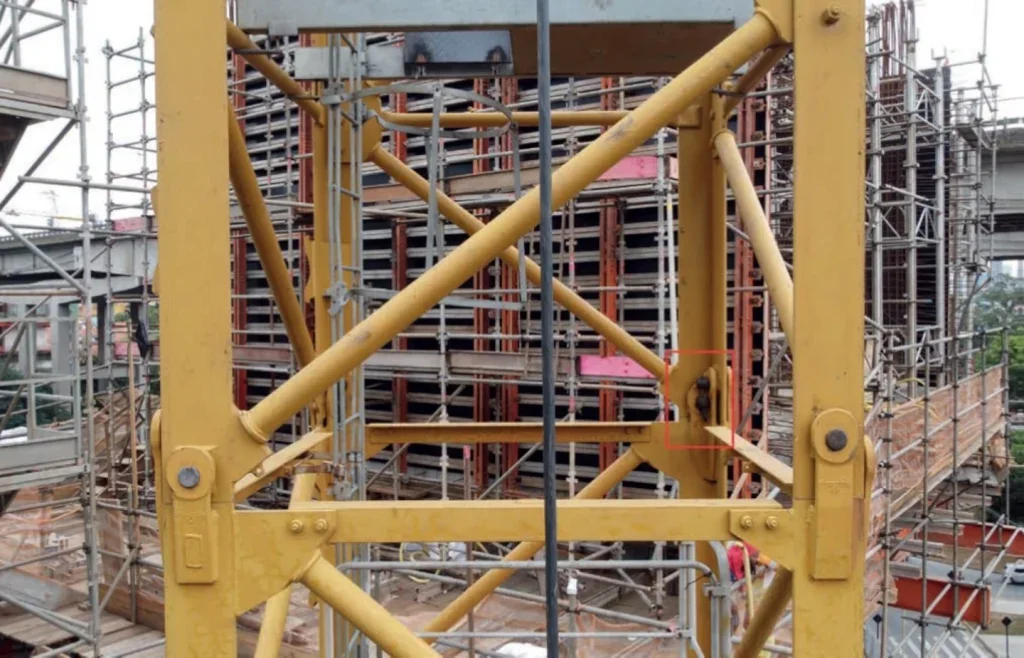
Sharashov outlines seven challenges identifying how technology, AI and drones can mitigate and enhance todays and tomorrow’s inspection; safety risks; competitiveness; downtime and disruption; lack of inspectors and consistent standards; data-driven decision making; proprietary AI algorithm for crane Inspections and continuous learning and adaptation.
He said: “Sometimes, inspectors focus so much on safety that it distracts from the inspection itself. Traditional methods require climbing cranes, navigating tight spaces, or dealing with unstable structures, exposing even seasoned inspectors to daily risks. This makes every inspection potentially hazardous. As a result, inspection outcomes may be incomplete or lack important data, leading to recommendations for repairs or upgrades that could be unnecessary or miss critical issues.
“Achieving production excellence is crucial across industries like paper mills and shipyards. To stay competitive, companies must focus on operational efficiency, automation, and reducing downtime. Automating these inspections with drones and AI can cut inspection times by over 30%, increasing uptime and enhancing profitability. Each hour of downtime saved allows companies to improve efficiency and boost profits.”
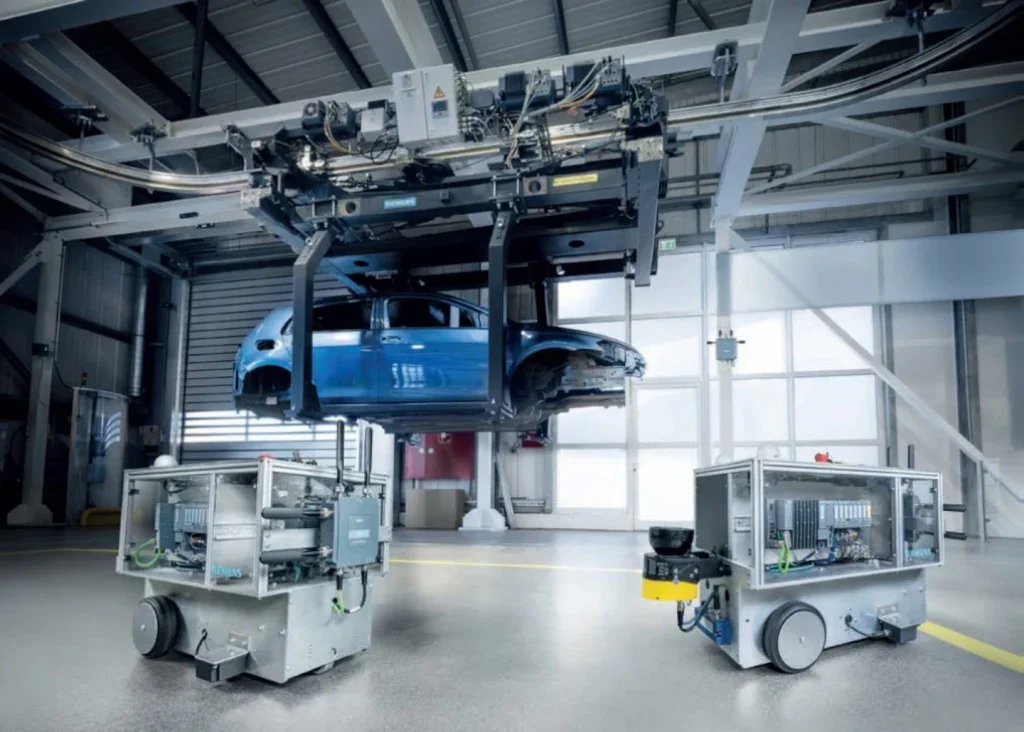
Regarding downtime and disruption, he said certain components of a crane, such as the boom, rails, or internal mechanisms, are difficult to access with conventional inspection methods. These areas may require the use of scissor lifts or other specialized equipment and accessing them is often challenging or necessitates halting the production site. This can result in incomplete assessments, as critical areas are hard to reach without disassembling parts of the crane.
“Inspection practices and regulations often vary by region or industry, making the process highly dependent on individual inspectors, which can compromise neutrality. This issue is further compounded by the global shortage of qualified inspectors. Imagine the difference if, instead of relying on the expertise of a single inspector, you could tap into the knowledge of 10,000 inspectors who have examined hundreds of cranes. What if you could have millions of eyes analysing data instead of just one pair? Such a shift would drastically improve compliance and quality assurance, making inspections more consistent and reliable,” explains Sharashov.
“Legacy and heavy industries are seeking more comprehensive decision-making tools driven by data to enhance their competitiveness and profitability. Modern managers are increasingly adopting a data-driven approach, relying on concrete evidence and innovative technologies rather than intuition alone. They aim to gather detailed insights from thousands of inspections conducted across various cranes. This is where AI, automation, and computer vision become essential. Crane Eagle’s technology is specifically designed for crane users, simplifying and streamlining their inspection processes.”
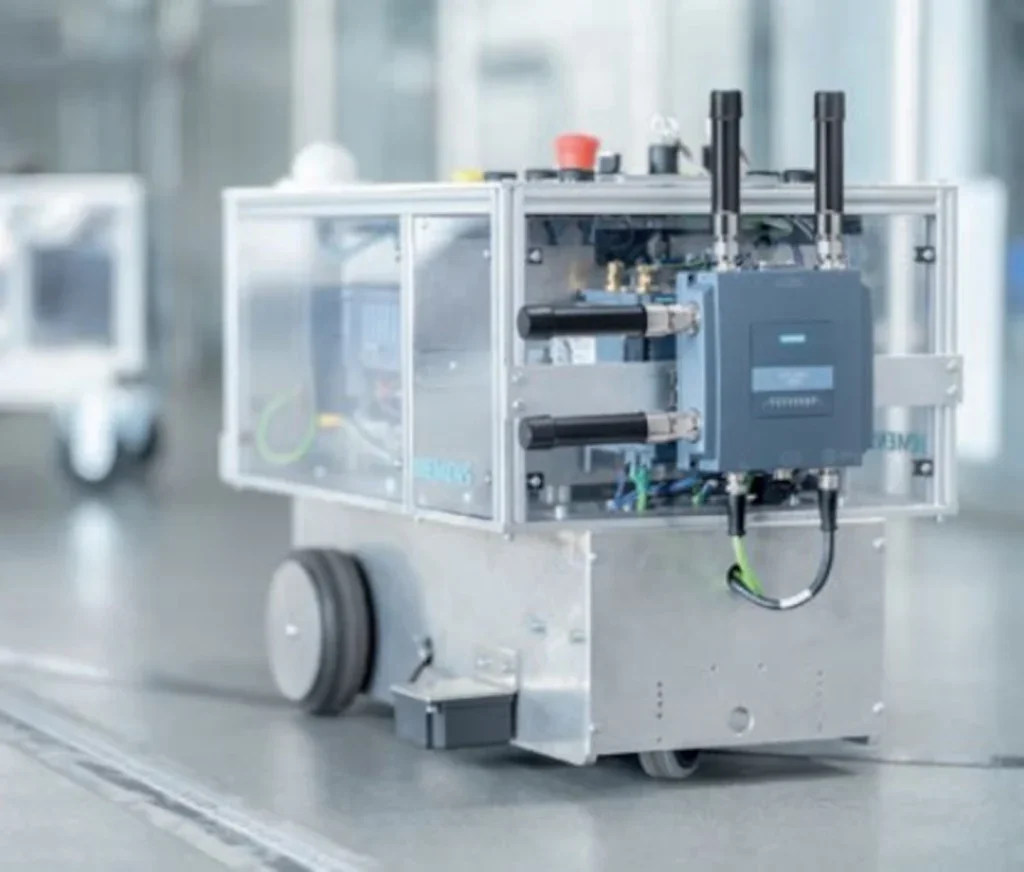
He said Crane Eagle’s AI algorithm, developed specifically for crane users and inspectors leverages machine learning and computer vision to analyse vast amounts of data collected during inspections.
It can identify patterns and anomalies that may be invisible to the human eye, enabling inspectors to focus on critical areas of concern.
“By integrating contextual factors such as environmental conditions and usage patterns, the algorithm provides tailored recommendations that enhance the reliability and safety of crane operations. While AI may not yet handle every aspect of inspection—such as assessing hidden components or conducting load tests — it serves as an invaluable tool for inspectors, maintenance teams, and management, empowering them to make timely, informed decisions. It also provides an actionable report, which is a simple tool for the inspection process, repair, including Bill of Material (BOM) needs and relevant references to regulations, whether it’s OSHA, ASME, CMAA or another,” he said.
CONNECTIVITY
More recently, Siemens has released an industrial 5G router to the US market; Scalance MUM856-1, which connects local industrial applications to public and private 5G and 4G mobile wireless networks.
The router can be used to remotely monitor and service plants, machines, control elements and other industrial devices via a public 5G network flexibly and with high data transmission rates. Demand for this type of solution is growing in all industries. The device also integrates into private 5G networks.
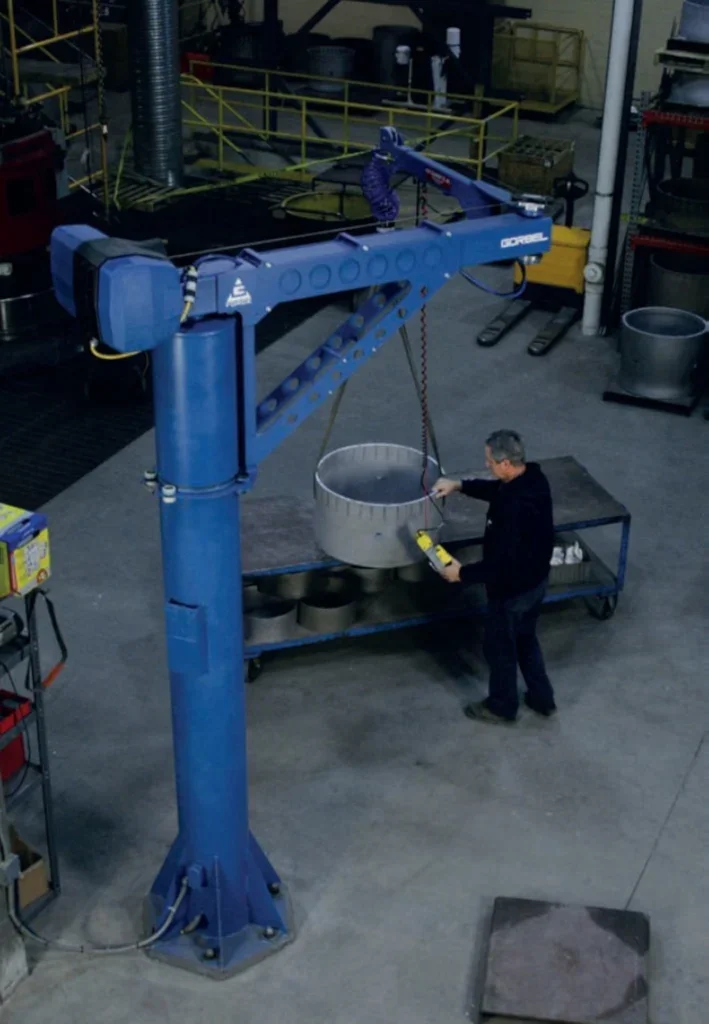
The Scalance MUM856-1 supports future-oriented applications such as mobile robots in manufacturing, autonomous vehicles in logistics or augmented reality applications for service technicians. Featuring a IP65 housing, the Siemens router can also be used outside the control cabinet, for example, under harsh conditions in production or in outdoor facilities in the water industry.
To ensure the connection of Ethernetbased subnetworks and automation devices, the Scalance MUM856-1 supports Release 16 of the 5G standard. This device offers bandwidths of up to 1000 Mbps for the downlink and up to 500 Mbps for the uplink providing high throughput for data-intensive applications such as remote implementation of firmware updates. Thanks to IPv6 support, the device can also be implemented in modern communication networks. Best-in-class security functions are included to monitor data traffic and protect against unauthorized access in, for example, an integrated firewall as well as authentication of communication devices and encryption of data transmission via VPN.
Where there is no available 5G network, the device switches automatically to 4G networks. The first release version of the Siemens router has support for US Mobile Network operators as well as the CBRS spectrum; other versions with different licenses are currently in development. With the SINEMA Remote Connect management platform for VPN connections, users can access remote plants or machines easily – even if they are integrated in other networks. The software also offers easy management and auto-configuration of the devices.
Along with connectivity to public networks, Scalance MUM856-1 also supports integration into private 5G campus networks. Siemens is testing this use case in its own Automotive Showroom and Test Center in a prototype of a standalone 5G test network, which is based on Siemens components. The 5G infrastructure used here comprises a 5G core, a distributed unit and several radio units.
Siemens has also built another prototype of a private 5G infrastructure in its plants in Amberg and Karlsruhe, Germany. In these systems, Siemens is relying exclusively on its own independently developed products and solutions, which will be available in the US market in the future. Today, Siemens has private 5G systems running in a customer digital experience center known as MxD in Chicago.
“For companies requiring reliable service in remote areas, such as in water stations or electric power sub-stations, there is a need for solutions with stable bandwidth transmission for remote servicing or video transmission,” said Joel Green, business development manager, Wireless and Remote Networks, Siemens Digital Industries. “With innovative 5G communications technologies, considerably more bandwidth with greater reliability is available at the edges of radio cells, while the average data rate for users within a radio cell increases.”
Skanska USA is another company exploring how AI can intersect with and enhance job site automation and took part in ENR’s (Engineering News-Record) 2024 FutureTech conference recently.
Alongside Joy Durling, chief data officer, Procore, and Tessa Lau, CEO, Dusty Robotics, Amy Jones Snider, director, Data & Analaytics, Skanska; Snider explained in the last decade, the Architecture, Engineering, and Construction (AEC) industry has been feeling the effects of fundamental and accelerated change due in part by new technologies exploding into the office and on the jobsite.
“Our data journey started around 2017. We realized we had a lot of siloed data. It did not talk to each other, so we put a foundational structure in place. That foundation made it possible to unlock the benefits of machine learning and AI,” she said.
“Our project sites are no longer disconnected, analog zones thanks to an array of emerging technology. The Internet of Things (IoT), sensing devices, robust wireless networks, artificial intelligence, GPS and real-time location tracking systems (RTLS) are providing unprecedented access to information about the infrastructure and the buildings we construct. Connecting data from multiple sources and delivering information quickly with mobile devices helps us improve safety of individual workers and enhances jobsite visibility for our teams and owners, enabling real-time decision making.”


